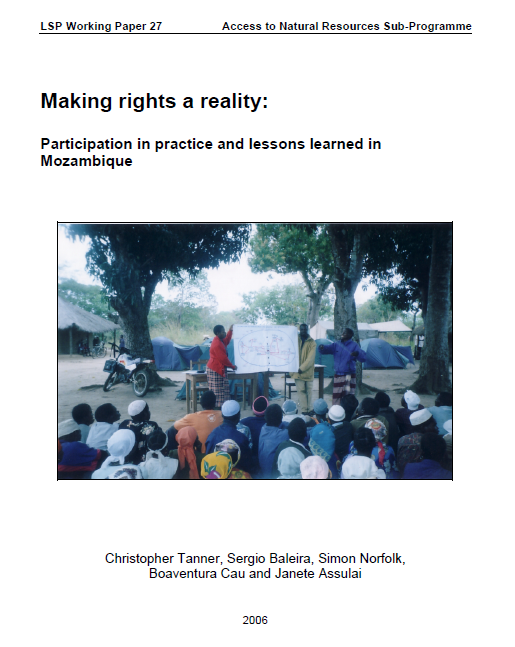Agriculture, resource management and institutions : A socioeconomic analysis of households in Tigray, Ethiopia
Empirical investigation of the impact of institutional and socioeconomic factors on agricultural productivity and natural resource conditions is important for an informed evaluation of current policies, and to identify areas for future improvements. In this line, the current study addresses three topics of relevance to the process of agricultural intensification and natural resource management in the context of the less-favoured Highlands of Tigray, Ethiopia.





